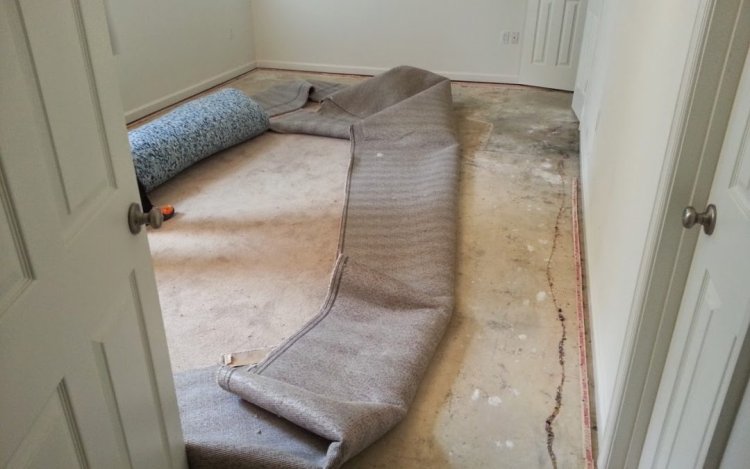The Ultimate Guide to Water Damage Repair in 2023

Water damage can be a devastating experience, causing extensive damage to your property and personal belongings. With the advancement of technology and the increasing prevalence of natural disasters, the likelihood of water damage happening is higher than ever. That's why it's essential to have a solid plan in place to address this issue.
In this ultimate guide to Carpet Water Damage Repairs in 2023, we will cover everything you need to know to minimize the damage, speed up the restoration process, and prevent future water damage from occurring.
Step 1: Assess the Damage
The first step in any water damage repair process is to assess the extent of the damage. This will give you an idea of the scale of the problem and what measures you need to take to address it. You should look for visible signs of water damage, such as warping, discolouration, and mould growth. Additionally, you should look for areas where water may have seeped into the walls or floor, as this could cause more extensive damage.
Step 2: Remove the Water
The next step is to remove any standing water from your property. This is an important step, as standing water can cause further damage and promote the growth of mould and bacteria. If the water is contaminated, it's essential to wear protective gear, such as gloves and a face mask, to minimize the risk of harm. You can use a pump or a wet/dry vacuum to remove the water.
Step 3: Dry Out the Affected Area
Once the water has been removed, it's essential to dry out the affected area. This will help prevent mould growth and secondary damage. You can use fans, dehumidifiers, and other equipment to speed up the drying process. It's also a good idea to open windows and doors to allow fresh air to circulate throughout the affected area.
Step 4: Address the Source of the Water Damage
Once the water has been removed and the affected area has been dried out, it's time to address the source of the water damage. This could be a broken pipe, a leaky roof, or any other issue that caused the water damage in the first place. Addressing the source of the water damage will help prevent future water damage from occurring.
Step 5: Restore the Affected Area
The final step in the water damage repair process is to restore the affected area to its pre-damage condition. This may involve repairing or replacing damaged materials, such as drywall, flooring, and fixtures. It's essential to hire a professional for this step, as it requires specialized skills and equipment.
Causes Of Water Damage In 2023
Natural Disasters: Natural disasters such as hurricanes, floods, and tornadoes can cause extensive water damage to properties. These events can result in heavy rain and wind, which can damage roofs and windows, and cause water to penetrate into buildings.
Plumbing Leaks: Leaks in pipes and plumbing fixtures can cause water damage over time. These leaks can occur in bathrooms, kitchens, and other areas of the home, and can result in mould growth, rot, and other damage.
Poor Drainage: Poor drainage around a building can cause water to pool, which can lead to water damage. This can occur when gutters are clogged or downspouts are not positioned properly.
HVAC Malfunctions: HVAC systems can develop leaks, which can result in water damage. This can occur when the system is not properly maintained, or when parts of the system break down.
Foundation Problems: Foundation problems can cause water damage by allowing water to seep into the building. This can occur when the foundation is cracked or damaged, or when there are issues with grading or drainage around the building.
Weathering and Age: Over time, weathering and age can cause water damage to properties. This can occur due to the degradation of materials, such as roofing and siding, which can result in leaks and other types of Flood Damage Restoration.
It is important to be aware of the causes of water damage and to take steps to prevent or mitigate damage. This can include regular maintenance, inspection, and repair of pipes, fixtures, and other systems, as well as proper weatherization and preparation for natural disasters.
Conclusion-
Water damage can be a major disruption to your life, but with the right plan in place, you can minimize the damage, speed up the restoration process, and prevent future water damage from occurring. By following these steps, you can ensure that your property is fully restored and that you get your life back on track.

 drseervi
drseervi 















